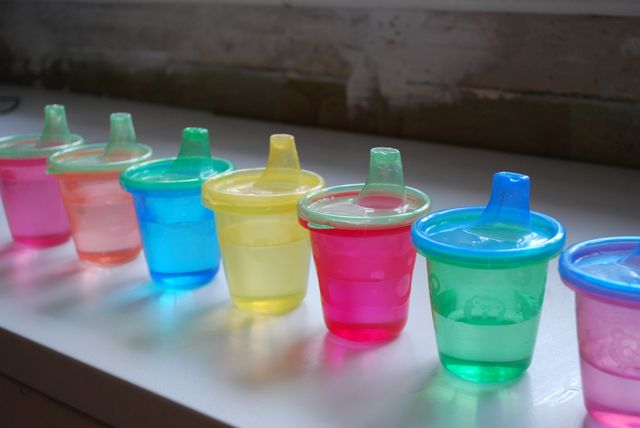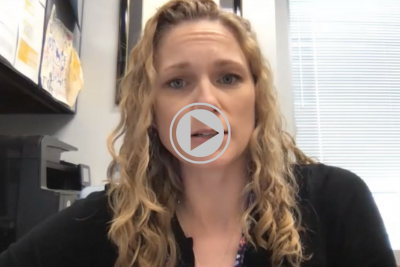Asthma is a chronic medical condition that affects the lungs and breathing. It consists of three basic components:
- An overproduction of mucus and phlegm
- Inflammation of the airways that involves the lungs
- A constriction of those airways
The airway inflammation is brought on by things like infection, allergies, and environmental pollutants. The constriction is a response to that inflammation – a tightening of the muscles that line the airways that brings on asthma exacerbation or asthma “attacks”. It is common: six million children in the United States have asthma. That boils down to one-in-12 children under the age of 18 or two to three children in an average classroom. It is a leading cause of emergency room visits and it is in the top three causes of hospital visits. About 150 to 200 children die from asthma each year.
There are several changes that parents can make in our homes that might be helpful:
- Dust, mold, and mildew are common triggers for asthma, so make sure your home is free of those things. Running an air purifier with a HEPA filter in a child’s room would be helpful.
- Do not smoke in the home – smoke is a common trigger for airway inflammation, even in people who don’t have asthma.
- Keep pets out of the child’s room, especially if they have allergies.
- Avoid using strong chemicals or cleaning products with strong fumes as they are also common triggers.
Many parents ask about sports. Your kiddo can absolutely play sports, even with asthma. In fact, we encourage it. If a child is unable to play sports, that means their asthma is not well controlled and so their medication may need to be tweaked. A child who has well-controlled asthma should be able to participate in sports just like their peers.
Parents also ask about inhalers. There are two types of inhalers:
- The first is called a rescue inhaler. Rescue inhalers contain a medication called Albuterol, which relaxes the smooth muscles that line those airways – it is the constriction of those airways that makes it harder for a child to breathe. Albuterol opens the airways so that the child can get more air in and out of their lungs.
- The second type of inhaler is called a controller. Controllers contain an inhaled steroid that reduces the inflammation of the airways, opening them up in a different way but on a more long-term basis to help improve airflow in and out of the lungs.
The best way to handle asthma is through communication. The school nurse and the child’s teacher should both know that your child has asthma and has an asthma action plan that is written up by his or her doctor and explains the child’s triggers and treatment. This plan should list the types of symptoms the child may experience and explain when and why to give medicine. It is important for teachers to know if a particular child has asthma. If the child starts to cough in the middle of class, this may be their asthma flaring up and they should be sent to the nurse. Communication is key.
Dr. Trina Blythe is a pediatrician at Way to Grow Pediatrics on the campus of Progress West Hospital. You can schedule an appointment with her by calling 636.928.WELL






Comments